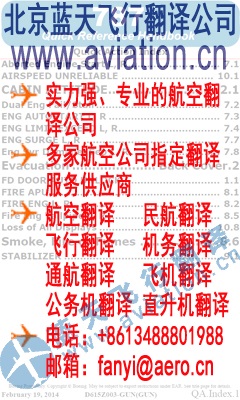|
曝光台 注意防骗 网曝天猫店富美金盛家居专营店坑蒙拐骗欺诈消费者
Another metric, mean visual form ratio, was also examined. Mean visual form ratio is the average angular width divided by angular length. It is simply a function of altitude and range to an object. Figure 64 shows that the mean form ratio was invariant for the high condition, decreased slightly with altitude for the medium condition, and dramatically decreased with altitude for the low condition.
Motion System Configurations
Two motion configurations were presented: full motion and no motion.
Procedure
participated in one or two sessions per day, with each session lasting 1 to 2 hr. Pilots received training during their first session and a short refamiliarization on subse-quent sessions. These training sessions used several high level-of-detail databases constructed especially for training purposes (they were not used in the data collection). Pilots evaluated the configurations in a randomized order.
Results: Objective Performance Data
All of the results for the altitude repositioning task were analyzed using a repeated measures analysis of variance (ref. 54). For this task, the pilot’s altitude repositioning error was determined by
Five NASA Ames test pilots flew the two tasks. All of
.
.
. ..
actual altitude change
.
desired altitude change
. ..
the pilots had extensive rotorcraft and simulation experi-
ence. Pilots signaled the initiation and conclusion of the % repositioning error = desired altitude changetask by pulling a trigger on the centerstick. The pilots
(20)
Figure 65 shows the mean percent repositioning error for three of the five experimental factors: vertical motion presence, reposition direction, and initial altitude. Across all visual databases, accuracy in altitude repositioning improved when motion was present (F(1,4) = 39.347, p = 0.003), with an overall tendency to overshoot the desired altitude change. This result was very surprising, for conventional wisdom would suggest that estimating the required altitude change would be a purely visual task. It would be expected, based on the results of Vertical Experiments I and II, that the trajectory quality between the two final altitude points would be improved with motion (motion allowing the generation of lead, thus improving the open-loop phase margin). However, it was not expected that the presence of motion would affect thealtitude endpoint. Apparently the pilot was combining the visual and motion cues in a way that improved his estimate of the vehicle’s state.
In comparing climbs versus descents, pilots were better at halving the altitude than they were at doubling it (F(1,4) = 23.339, p = 0.008); there was a tendency to ascend too high when doubling altitude and to descend too little when halving altitude. Finally, figure 65 shows that better accuracy resulted when starting at higher initial altitudes (F(1,4) = 14.064, p = 0.002); there was an overall tendency to overshoot the desired altitude. Interestingly, there were no statistically significant main effects found when varying the level-of-detail quality among the databases, nor for the minimum resolution size.
直升机网 www.helicopter.cn
直升机翻译 www.aviation.cn
本文链接地址:Helicopter Flight Simulation Motion Platform Requirements(47)
| 



